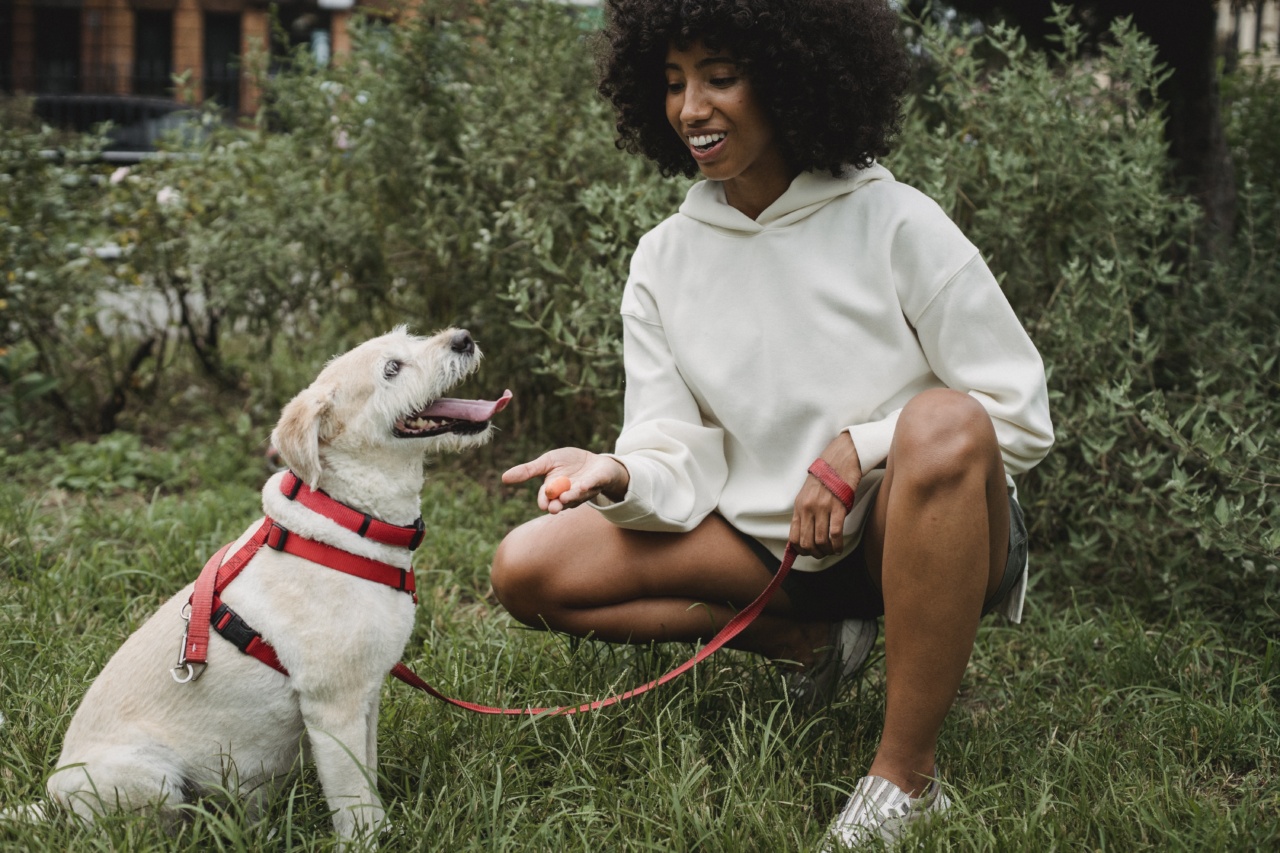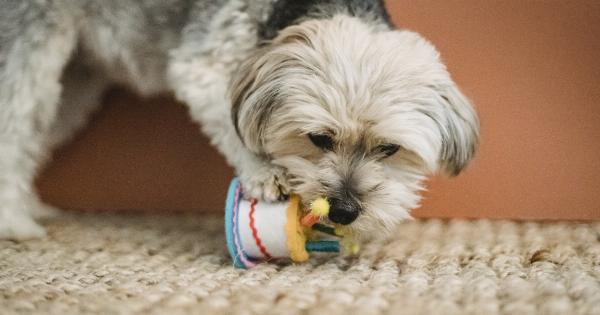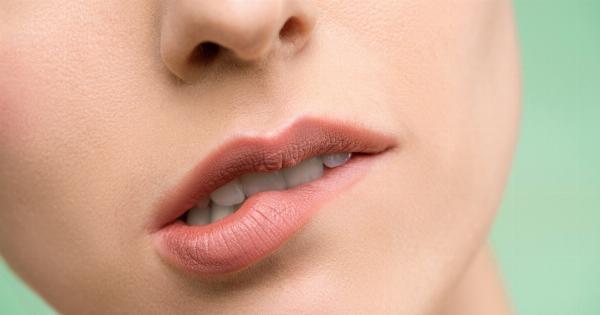When you bring a new puppy into your home, it’s important to teach them proper behavior from the start. One common issue that many puppy owners face is biting.
Puppies explore the world with their mouths, and while it may seem cute at first, it can quickly become a problem if not addressed early on. In this article, we will discuss some effective strategies to teach your puppy not to bite.
1. Socialization is Key
Socialization plays a crucial role in the development of a well-behaved and non-aggressive puppy. By exposing your puppy to different people, animals, and environments early on, you can help them become more comfortable and less prone to biting.
Organize playdates with other dogs, invite friends over to interact with your puppy, and take them on regular walks to expose them to various stimuli.
2. Provide Appropriate Chew Toys
Puppies have a natural instinct to chew, so it’s important to provide them with appropriate toys to satisfy this need. Make sure you have a variety of chew toys specifically designed for puppies, such as rubber bones or squeaky toys.
When you catch your puppy biting something they shouldn’t, redirect their attention to a chew toy and praise them for chewing on it instead.
3. Use Positive Reinforcement
Positive reinforcement is a highly effective training method for puppies. Whenever your puppy exhibits good behavior by not biting, reward them with praise, treats, or a combination of both.
This positive association will help them understand that not biting is desirable. Conversely, avoid using physical punishment or yelling, as this can lead to fear and aggression in your puppy.
4. Teach Bite Inhibition
Bite inhibition refers to a puppy’s ability to control the force of their bite. This is an essential skill for all dogs to prevent accidents or injuries in the future.
Teach your puppy bite inhibition by allowing them to mouth your hand gently during playtime. If they bite too hard, let out a high-pitched yelp to startle them, then withdraw your hand for a short period. This will help them understand that biting too hard ends the fun.
5. Avoid Rough Play
It’s important to set boundaries and avoid any rough play that may encourage biting. Puppies can easily become overexcited during playtime, leading to unintentional biting.
If your puppy becomes too mouthy or aggressive during play, calmly end the session and redirect their attention to an appropriate toy. Consistency is key in teaching your puppy what behavior is acceptable.
6. Recognize Warning Signs
Understanding your puppy’s body language and knowing the warning signs of potential biting can help you intervene before it happens. Some common signs include growling, raised fur, tensed body posture, or a stiff tail.
If you notice any of these signs, it’s important to remove your puppy from the situation that is causing the aggression and redirect their attention to a more positive activity.
7. Seek Professional Help if Needed
If you’re struggling to teach your puppy not to bite despite consistent training, seeking professional help may be beneficial.
A professional dog trainer or behaviorist can assess your puppy’s behavior, identify any underlying issues, and provide specialized guidance. Don’t hesitate to reach out for expert assistance when necessary.
8. Be Patient and Consistent
Teaching your puppy not to bite takes time and patience. It’s important to be consistent with your training techniques and reinforce positive behavior consistently.
Puppies thrive on routine, so establish a daily training schedule that includes bite inhibition exercises, socialization, and appropriate playtime. Remember, every puppy is unique, and results may vary.
9. Provide Mental and Physical Stimulation
Many puppies resort to biting out of boredom or excess energy. Make sure your puppy receives adequate mental and physical stimulation to prevent them from using biting as a form of entertainment.
Engage in puzzle toys, interactive games, and regular exercise to keep your puppy’s mind and body active.
10. Stay Calm and Stay Positive
Finally, it’s crucial to remain calm and positive throughout the training process. Dogs can sense our emotions, and if you become frustrated or angry, your puppy may become anxious or fearful, leading to more biting.
Maintain a calm and confident demeanor, and celebrate your puppy’s progress no matter how small. A positive and supportive environment will go a long way in teaching your puppy not to bite.


























